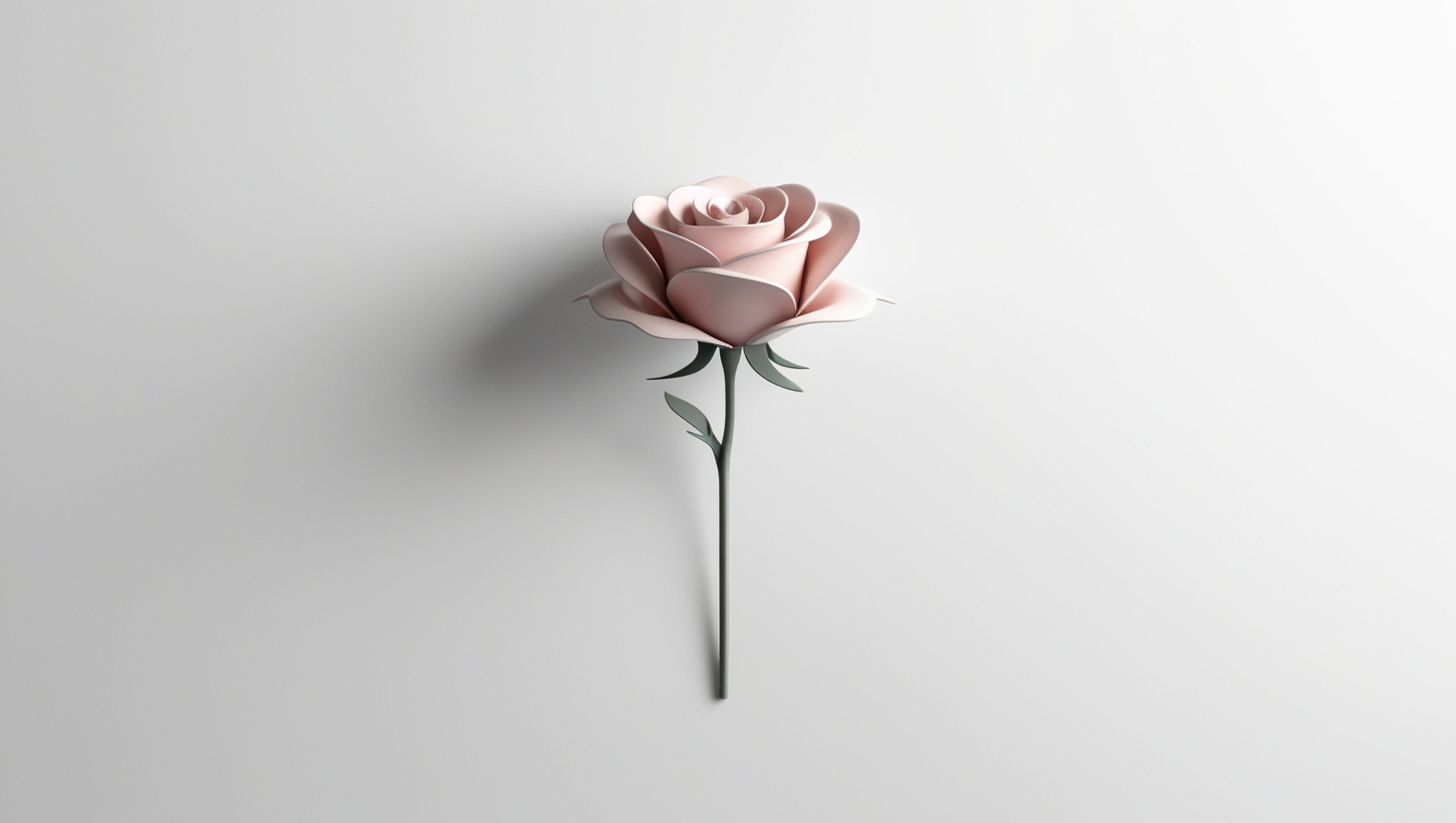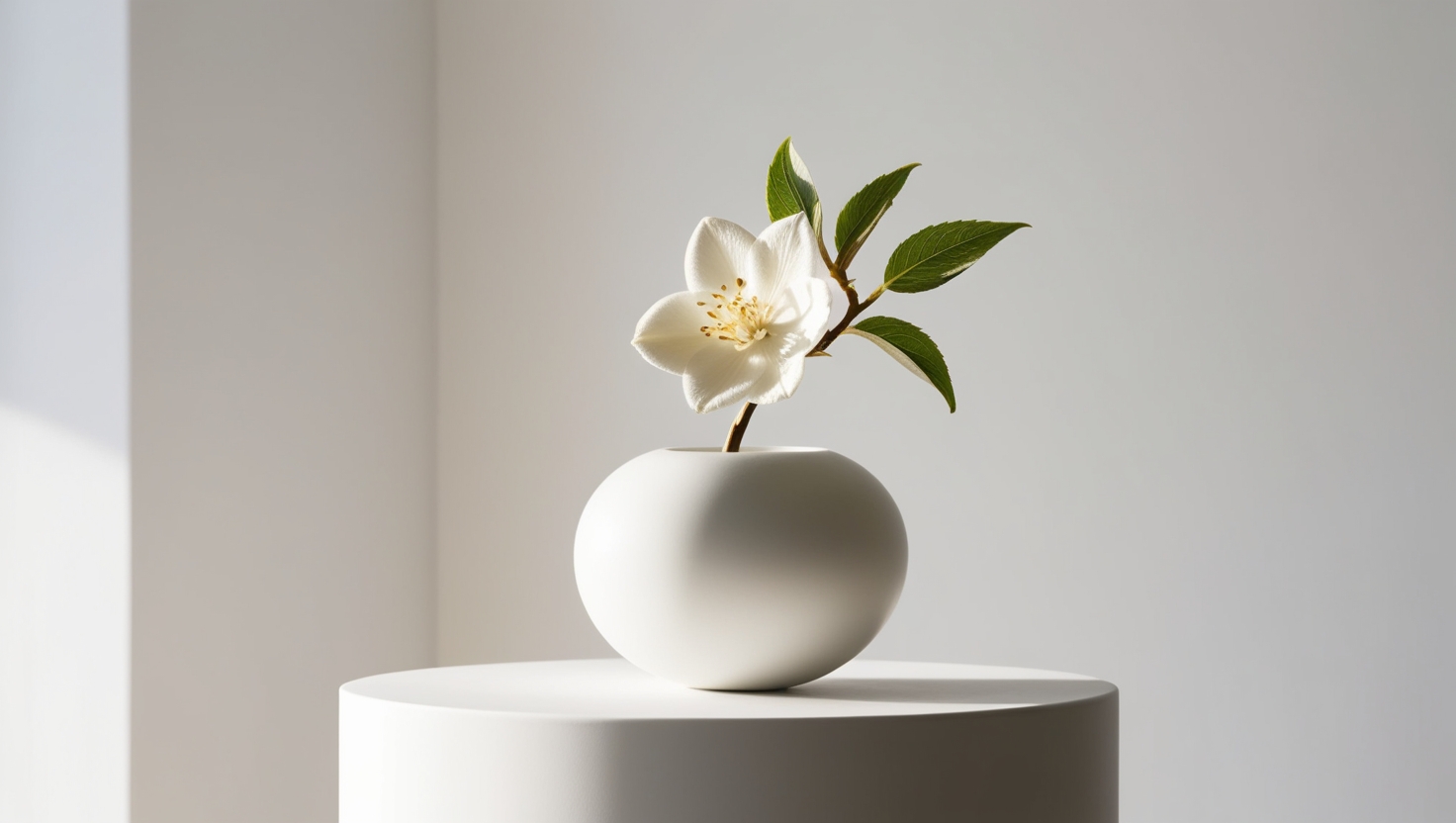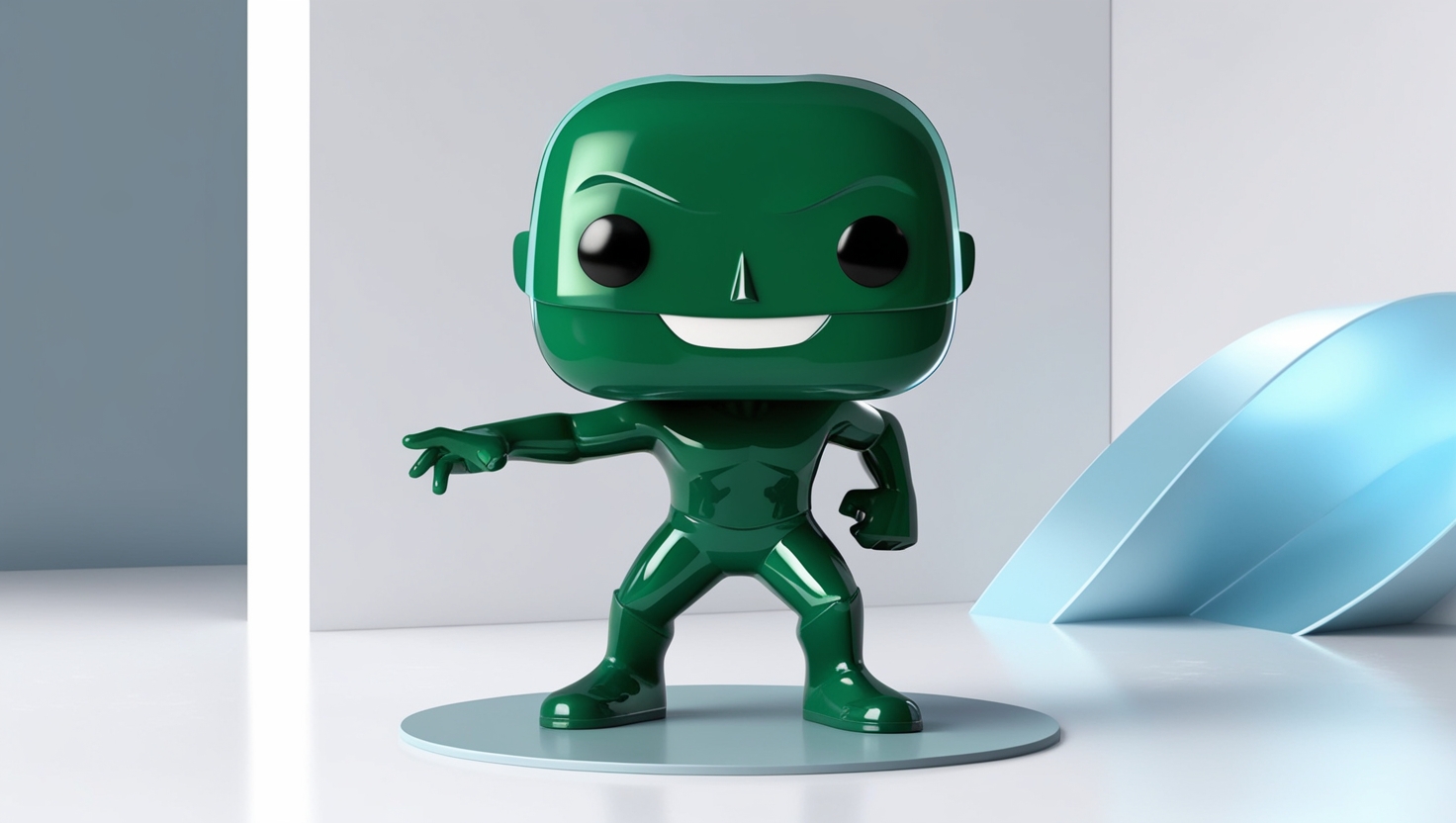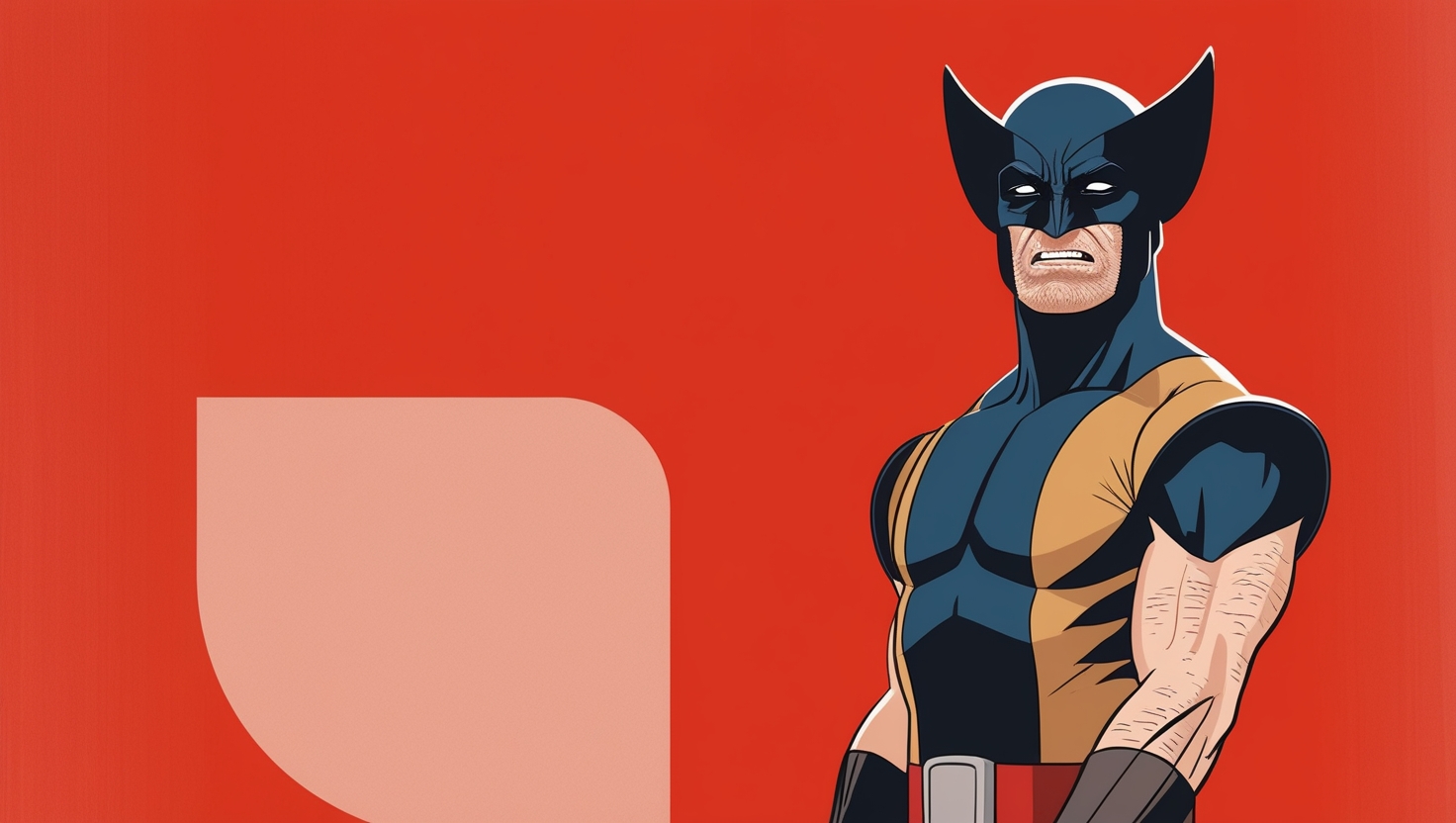In the vast landscape of creativity, where ideas ebb and flow like waves, a mood board serves as a lighthouse guiding artists, designers, and visionaries toward their destination. It is more than just a collection of images; it embodies feelings, concepts, and the very essence of a project. This visual collage captures the spirit of a creative endeavor, setting the tone and style for what lies ahead. Whether you’re a graphic designer crafting a brand identity, an interior decorator revamping a space, or a filmmaker visualizing a scene, a mood board is an invaluable tool in your arsenal.
The Essence of a Mood Board
At its core, a mood board is a curated assemblage of visual elements that convey a specific atmosphere or emotion. It can include images, colors, textures, typography, and even words that resonate with the project’s objectives. By assembling these components, creators can visually communicate their vision and ensure everyone involved is aligned with the project’s direction.
Mood boards can be physical or digital. A physical board may consist of magazine clippings, fabric swatches, and photographs pinned onto a corkboard or canvas. Conversely, digital mood boards are often created using design software or platforms like Pinterest, making it easier to manipulate and share the ideas with collaborators across the globe.
The Purpose and Benefits
The purpose of a mood board extends far beyond aesthetics. Here are some key benefits:
Clarifying Vision: Mood boards help crystallize abstract ideas into a concrete visual format, aiding in decision-making and ensuring clarity from the outset.
Inspiration Source: Assembling images and colors that resonate with your vision can ignite inspiration and spark innovative ideas. It serves as a wellspring of creativity throughout the project.
Guiding Collaborators: A mood board acts as a visual language for teams, providing a reference point that ensures everyone—from clients to colleagues—understands the creative direction.
Simplifying Revisions: When feedback arises, a mood board can facilitate discussions about desired changes. It allows for a tangible comparison, making it easier to communicate preferences and adjustments.
Enhancing Focus: By defining a cohesive aesthetic, mood boards help eliminate distractions and keep the project aligned with its core vision, resulting in a more focused and streamlined process.
Creating an Effective Mood Board
Crafting a mood board can be a deeply personal and enjoyable process. Here are some steps to consider when creating your own:
Define Your Goals: Before you dive into collecting images, clarify the objectives of your project. What message do you want to convey? What emotions do you want to evoke?
Gather Inspiration: Draw from a variety of sources. Explore magazines, websites, and even nature. Collect images, textures, and colors that resonate with your vision.
Select Your Medium: Choose whether you want to create a physical or digital mood board based on your preference and the nature of your project.
Curate Thoughtfully: Organize your selections thoughtfully. Aim for a balance that encapsulates the mood you wish to convey. Too many elements can overwhelm, so focus on the essentials.
Iterate and Refine: Don’t be afraid to experiment and make adjustments. Mood boards are living documents that can evolve as your project progresses.
Conclusion: The Heart of Creativity
A mood board is more than a simple collection of images; it is a manifestation of creativity, a bridge connecting ideas to reality. It serves as a source of inspiration, a guiding light, and a collaborative tool that can elevate the creative process. By harnessing the power of mood boards, creatives can embark on their projects with a clear vision, ensuring that their unique artistic voices are heard and felt throughout their work. So, whether you’re designing a brand or planning a space, remember that the heart of your vision can often be found in the beautiful chaos of a mood board.








